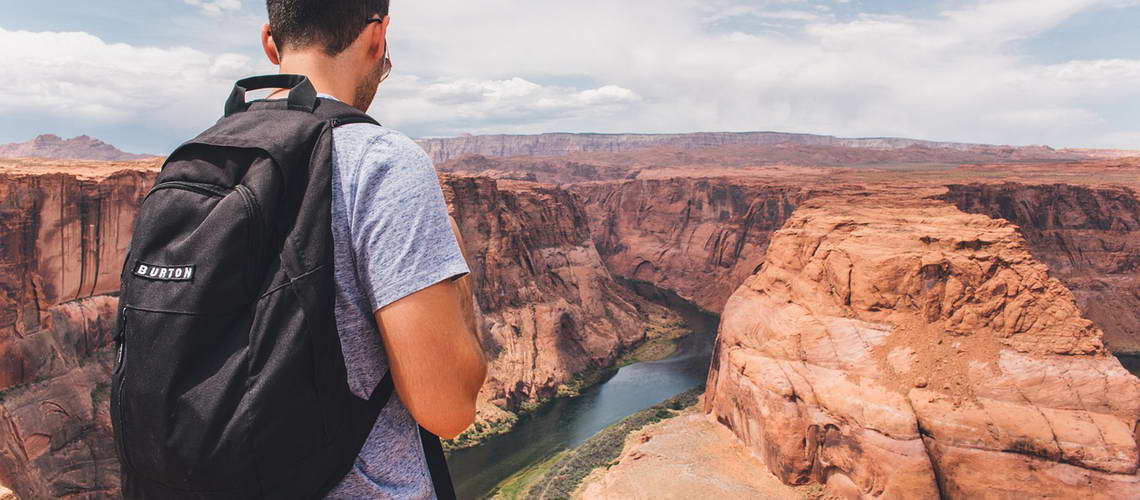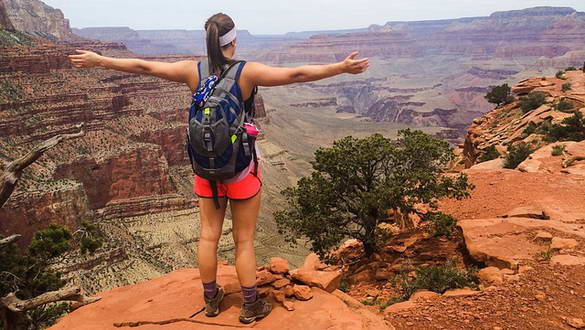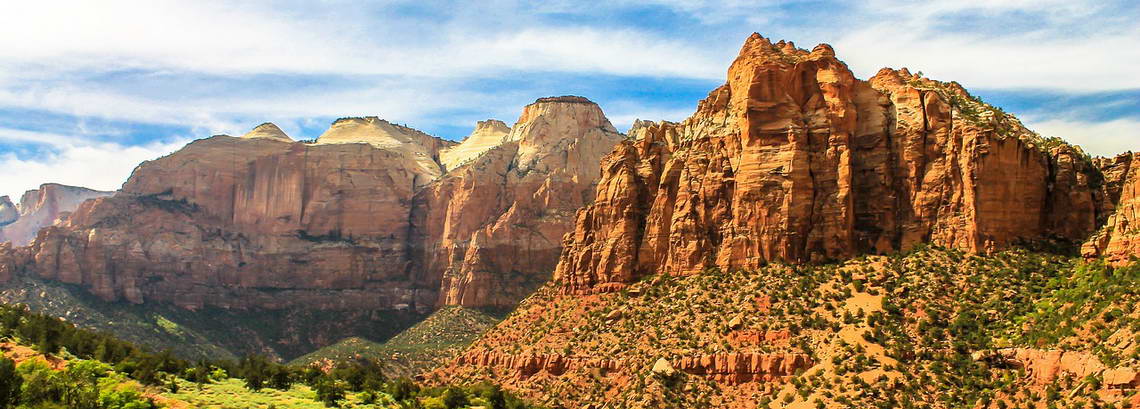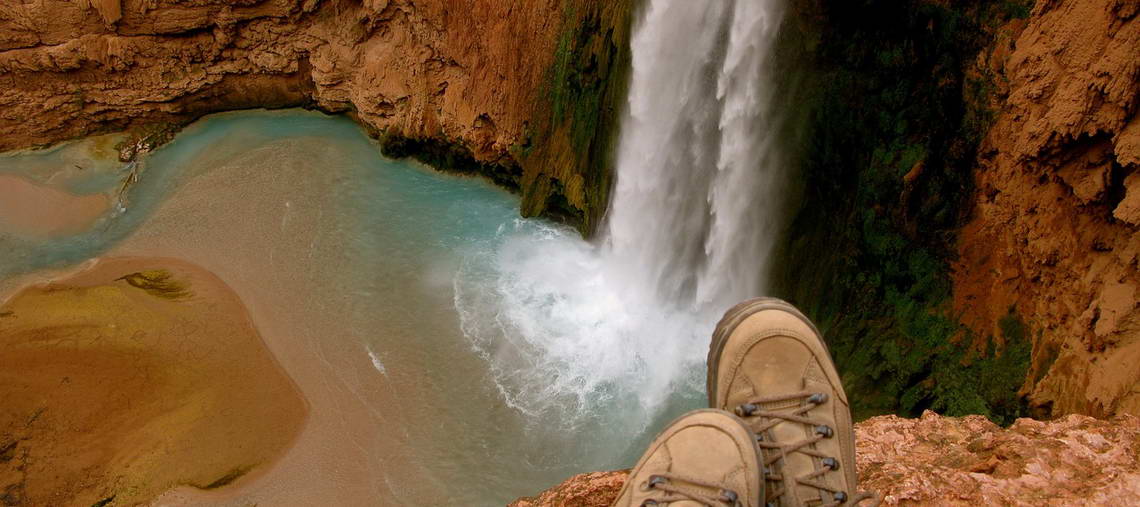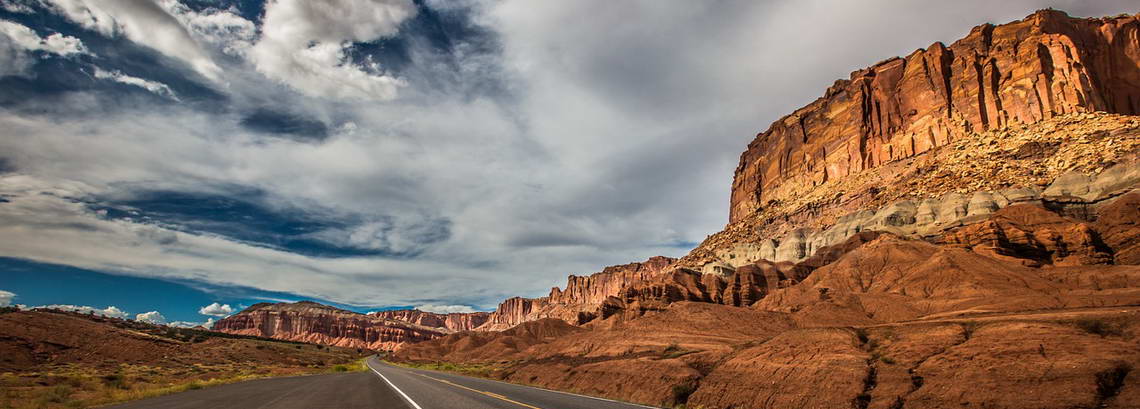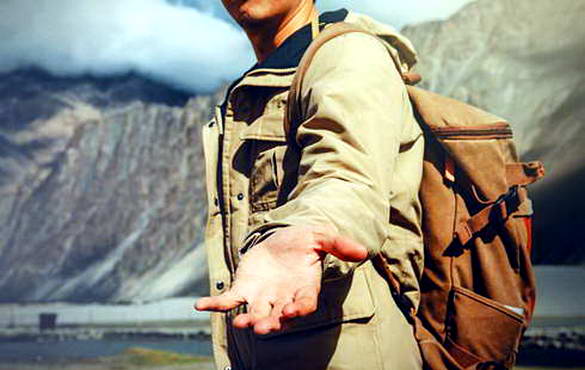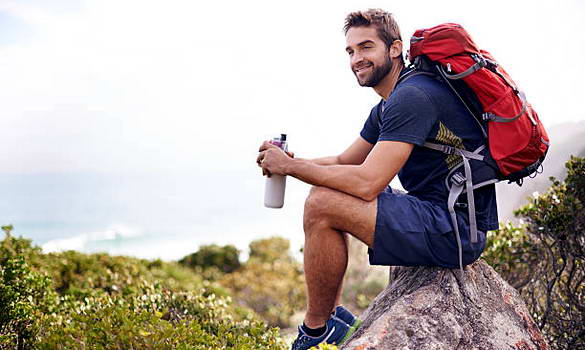One of the many reasons rafting trips are fun is the vast range of activities to engage you. While you can go whitewater rafting and tackle different fun rapids, you could also take hiking trips, climbing over rocks and cliffs. Over the years, the Grand Canyon has become one of the more popular spots for rafting trips, not just for its diversity of rapids but also for its brilliant hiking experiences.
Many people find walking through its solitary routes surrounded by the most breathtaking scenes a soothing and wholesome experience. At Advantage Grand Canyon, we want you to have the most enjoyable trip, so we have compiled a list of some of the best hiking trails you can explore on the Grand Canyon and how you can prepare to enjoy them.
How Difficult is a Side Canyon Hike?
Hiking trips are pleasurable and are also a good form of exercise. Its benefits range from helping you develop stronger bones and muscles to improving your heart health. Still, hiking is something you want to embark on with proper planning. One reason for this is that hiking trips as a single-day hike, or a multi-day hike, can be challenging, and there are a lot of factors to consider.
The first thing to consider is your fitness level. How much can your body handle, and how long can you keep going in the present circumstances? You also want to factor in the best weather and time of the day to go hiking; hot weather and hot afternoons can increase the problem of dehydration.
It would be best to consider how long the route would be. Fortunately, many hiking trails in the Grand Canyon have enough attractions to enjoy whether you complete the trip or not.
The Best Hiking Spots in the Grand Canyon
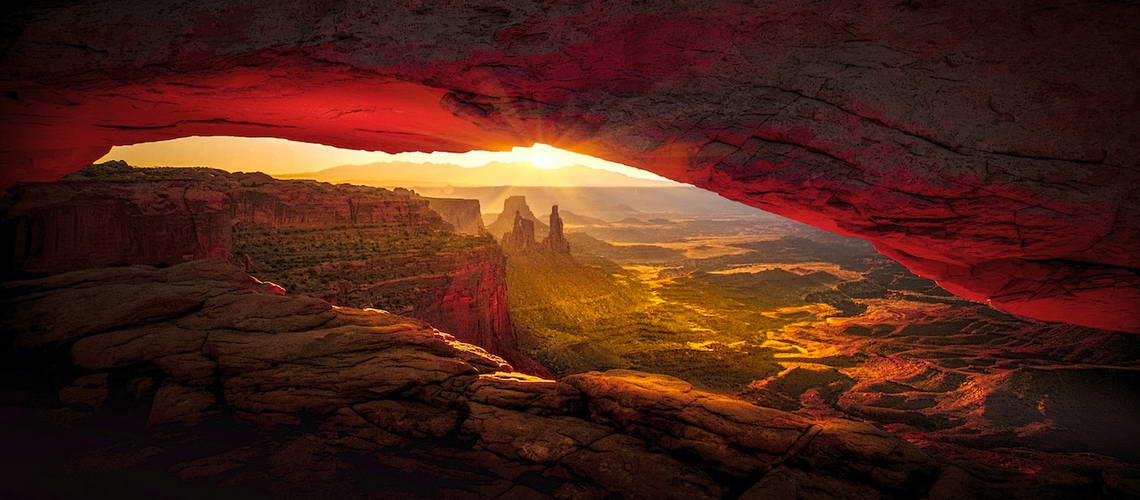
Most experts assert that hiking is when you can get the most stunning canyon views. Of course, that claim is untrue if you don't know the best place to hike. Here are some of the best hiking spots in the Grand Canyon:
- North Canyon
This particular hike is an all-time favorite of most hikers and raft guides and is usually a part of most rafting trips. The hiking trail follows the bed of the North Canyon before cutting across a rocky slope to bypass a dry creek bed.
The track features reflection pools, deep gorges, curious rocks you must climb, and some sights of the river; you will also encounter the vast open plain of the desert. You won't regret embarking on this trail.
- Nautiloid Canyon
One of the best hiking trails from the river is the Nautiloid Canyon. Compared to the Northern Canyon, this is a relatively short hike full of beautiful scenes. Parts of it include large fossil-like deposits that look like snails that are a delight to observe, and you will also have a breathtaking view of the Colorado River, which on its own is rewarding.
- Nankoweap Trail
The Nankoweap Trail is one of the most challenging hiking trails in the Grand Canyon. The trail misleads many newbies into thinking it is shorter than it is, but it is one of the longer hikes on the Canyon. While the route is notorious for its mind tricks, it is still one of the most beautiful trails in the Canyon. It is at an upper section that overlooks the Colorado river.
It is possible to see the confluence of the river with Little Colorado before it gets its murky, brown tint. You also get to find relics of the indigenous people who inhabited the land of the Grand Canyon before the construction of the storage areas. It's a trail you want to see.
- Surprise Valley (Deer Creek)
The Surprise Valley trail is one of the longest hiking routes you'll encounter on your rafting trip. It may take a day for you and your group. Fortunately, Surprise Valley has enough beautiful scenes at every mile to make hiking worth it. Hikers who have endured this long trip refer to the trip as an odyssey.
The trail begins with a view of Tapeats Creek, followed by the surreally spectacular Thunder River Springs. Other points of interest include the Surprise Valley Slog and Deer Creek, which is one of the best points of the trip; you won't regret taking advantage of this journey.
- Clear Creek
If you're in search of awe-inspiring natural sights, then the clear creek trail will offer you something both breathtaking and humbling at the same time. Clear creek is a solution for those who feel entrapped by the inner gorge of the Canyon. It features several mind-blowing bends, winding schists, and a sprouting waterfall at its end, which some have said could dwarf even the tallest rafter. Following this trail is bound to be a breathtaking experience.
- National Canyon
The National Canyon is what you will consider a round trip. It is also one of the most precarious trails you would encounter, especially during the monsoon season. However, it has several attractions that make it worthwhile.
It features crystalline pools and towering cliff walls. Its most attractive feature is the reflection of the Mauve Limestone Alcoves, which gives the trail a green-tinged look. Despite the wetness of this trail, it is certainly worth the effort.
Some of the Best Hiking Practices
The best hiking trails will often fail to resonate if you don't employ sound Grand Canyon hiking practices. Here are a few to adopt for the most pleasant hiking experience.
- Hire an Experienced Hiking Guide or Two
Side canyon hikes are better when you or your group use hike guides. Hiking guides often know the best spots as some canyon regions offer a series of attractions, all within a few river miles. Guides also help you avoid dangerous areas.
Ideally, you need two guides; one leads the pack while the other trails. In most cases, you will hike to a particular destination where you will have time to relax and enjoy the scenery before heading back to the raft.
You can hike at the camp as well, but this should be at the discretion of your trip leader, who might strongly recommend that you do so with at least one partner. Since most rafting trips often combine with hiking, you may experience more Grand Canyon hikes or excursions on some days than on others. Ultimately, you will get the best results if you know your limits, know what the routes entail, and work with an experienced guide.
- Prepare Thoroughly for Hiking Trips
The best way to ruin a hiking trip or side hikes is to start one unprepared. Here are some excellent ways to prepare for a hiking trip:
- Do a Physical Shape Up
Before hiking or even rafting, you should ensure that you're physically fit for the long distances you'll walk. First, you need to get yourself in shape. Start with light exercise and stretches, and slowly progress to more strenuous activities like jogs and mini-hikes. That way, you will be able to have more dignity.
- Carry Enough Water
Partaking in these off-raft adventures is an incredible experience, and an essential part of maximizing your experience is being prepared and well-hydrated. Being in good cardiovascular shape can increase your enjoyment of these side canyon hikes.
The Grand Canyon is arid, so you lose much moisture through sweat and breathing. You must carry water with you and drink at least 1/2 to 1 quart during hikes, especially if the sun is high.
- Wear Adequate Clothing
Clothing can also play a significant role in keeping you cool. Textile manufacturers design wicking material or dry-fit to pull sweat away from the body, but it isn't always the best way to keep your body cool in the harsh Grand Canyon climate.
During hikes on hot days, we recommend frequently dunking your 100% cotton t-shirt in the river as it will take longer to dry, keeping you cooler longer. In addition, experts recommend close-toed/hard-sole shoes for your feet during the hikes, and you can find more information on a sample packing list here.
Hiking in Colorado offers rugged terrain, steep climbs, and high-altitude challenges, which share similarities with the side canyon hikes along the Colorado River in the Grand Canyon. While Colorado’s mountain trails demand endurance and acclimatization, Grand Canyon hikes often feature narrow ridges, rocky paths, and sudden weather changes—requiring careful preparation and situational awareness. In contrast, hiking cruises in Europe offer a more relaxed alternative, allowing travelers to explore scenic trails without the demands of steep elevations. Whether you’re navigating the challenging side canyons of the Grand Canyon or ascending Colorado’s high peaks, understanding the unique conditions of each landscape ensures a safe and rewarding adventure.
Do You Have to Hike?
Hiking is a crucial part of a rafting trip. No doubt you will enjoy every moment of it. However, it isn't a compulsory activity. If you prefer to avoid hikes, inform your tour guide, who will set you up nicely along the river. You are more than welcome to grab your book, find some shade and enjoy the scenery while the group is away on their excursion.
Conclusion
Hiking is vital to any rafting trip and another way to enjoy what the beautiful canyon offers. You will gasp at some of the most picturesque hiking trails you'll find anywhere in the world, from the sight of the Colorado river to waterfalls. It would help if you had thorough preparation and an excellent tour guide to get the best out of your writing. Advantage Grand Canyon can provide one that knows all the best hiking spots. With the right actions, you will surely enjoy your hiking trip.


